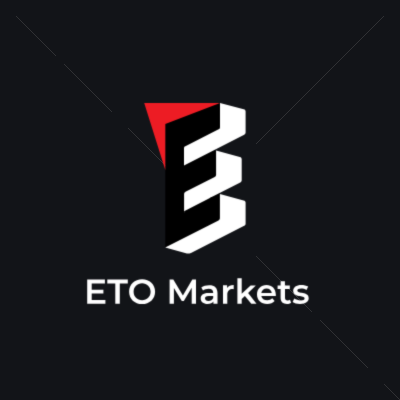In the dynamic world of online trading, choosing the right platform can make all the difference. Traders often look for platforms that offer the best value through competitive spreads, as these directly affect trading costs. In this article, we will delve into the comparison between some leading ETO platforms to understand which offers traders the most favorable conditions in terms of spread pricing.
\nUnderstanding Spreads
Spreads represent the difference between the buying and selling prices of a financial instrument. A narrower spread means lower transaction costs, allowing traders to potentially benefit from smaller price movements. As such, many traders prioritize platforms with tight spreads when selecting where to execute their trades. Let’s take a closer look at what makes a spread competitive and why it matters in the long run.
Key Players in the Market
Several industry leaders have established themselves by offering innovative features and competitive spreads. These platforms have built strong reputations among traders for their reliability and market presence. We’ll examine some of the major players in the ETO space and analyze their spread offerings to see how they stack up against each other.
Comparative Analysis
To provide clarity, let’s compare the spread offerings of two prominent platforms: Platform A and Platform B. Both are well-regarded in the market, but their approaches to spreads differ slightly. By looking at historical data and user reviews, we can assess which platform provides more consistent advantages for traders in terms of cost efficiency.
Factors Influencing Spread Pricing
Spread pricing is influenced by several factors, including the platform's infrastructure, liquidity providers, and market conditions. Understanding these elements helps traders anticipate potential fluctuations in spread width. Additionally, some platforms offer variable spreads that adjust based on market volatility, while others maintain fixed spreads. This variability impacts the overall trading experience and cost structure.
User Experience and Additional Features
Beyond spreads, traders also consider the broader user experience offered by a platform. Features like intuitive interfaces, customer support, and educational resources play significant roles in determining a platform's attractiveness. While one platform may have slightly tighter spreads, another might excel in providing a comprehensive set of tools that enhance the trading journey.
Conclusion
Choosing an ETO platform involves balancing multiple factors, with spreads being just one piece of the puzzle. Traders must evaluate their individual needs and preferences when deciding which platform aligns best with their trading goals. Whether you prioritize low spreads or a robust feature set, understanding the landscape is key to making informed decisions in 2025.













